‘Round Midnight
‘Round Midnight
According to Thomas Fitterling in Thelonious Monk: His Life and Music, Monk wrote “‘Round Midnight” when he was just 18. Eight years later, in 1944, at jazz pianist Bud Powell’s urging, Cootie Williams and His Orchestra recorded the song. Depending on whose version of history you believe, Williams modified the composition either very slightly or not at all. In any case, he shares credit for it in terms of copyright. Originally titled “’Round About Midnight,” Monk’s composition became the theme song for Williams’ Orchestra.
’Round Midnight
Monk's initial cover of his best-known song came three years after Cootie Williams first recorded it. Composer recorded “’Round Midnight” multiple times, and it is not surprising that these recordings are the place to start in learning this tune. His original version for Blue Note (The Best of the Blue Note Years) is perhaps the most historically significant, while his 1957 solo piano version on Riverside (Thelonious Himself) offers the most intimate glimpse of Monk’s relationship with the tune.
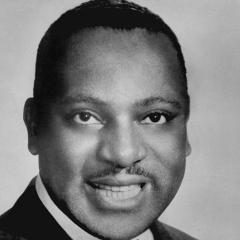
Cootie Williams
Thelonious Monk (1917 - 1982) U.S. jazz pianist and composer grew up in New York City. He spent most of his life in New York City, playing in nightclubs; in the 1940s he was one of the first players of bop. His style was astringent, marked by discordant harmonies, alternating rhythms, and melodic interpretations. There was a subtle mixture of cynicism, humor, and warmth in his interpretations.
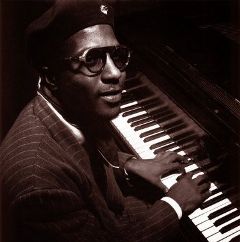
Thelonious Monk
“‘Round Midnight”’s lilting melody is steeped in a noir melancholia that can be traced through other early Monk ballads -- such as “Pannonica” and “Crepuscule With Nellie”. Rather than clutter up the arrangement with drastically off-kilter chord progressions, the actual tune is structurally open to a wide variety of interpretations.
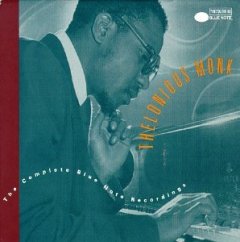
Thelonious Monk - 'Round Midnight 1947
The initial harmonic progression is I -VI -II7 -V7, similar to “Alone Together.” The next two measures are unique, in which the I -IV is followed by a descending progression that eventually winds up in a brief false key change to the subdominant of Ab. The modulation, which provides some very nice descending guide-tones, is Bm7-E7-Bbm7-Eb7. The Bm7 and the E7 are upper embellishments of the V7 -I7 (V7 of IV) but also serve as backdrop for the melodic sequence, providing some vivid and unexpected tonal color.
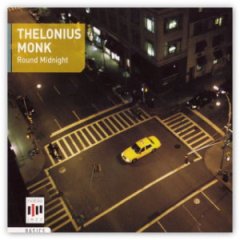
Thelonious Monk - 'Round Midnight 2007
The “B” section, while sounding “all over the place,” is really based on a VI7(b5) -II7 -V7 progression which uses a tri-tone substitution for the II7, allowing the bass line to descend chromatically. This repeats twice and then continues on down. The progression we might expect to hear would be a II7 -V7 -I in Gb major, but Monk likes to do the unexpected, landing on chords that are more coloristic than functional. The best advice to the novice learning this tune is: once you are familiar with the head, listen closely to the bass line.
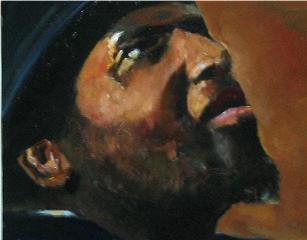
Thelonious Monk
“‘Round Midnight” is one of the few Monk compositions to also have accompanying lyrics, courtesy of Bernie Hanigen. A plethora of pop and jazz artists have interpreted it -- ranging from first ladies of jazz Billie Holliday and Ella Fitzgerald to an all-star ensemble led by vocalist Bobby McFerrin for the title track of the 1986 film starring Dexter Gordon.
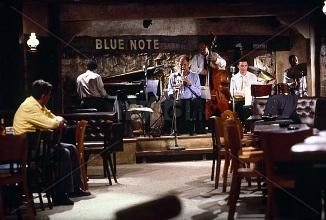
'Round Midnight
For many people, the definitive recording of the tune is not one by Monk at all, but rather the irresistible recording by Miles Davis. A major turning point for “’Round Midnight,” for Miles Davis, and also for the world of jazz was Davis’ show-stopping performance of the song at the 1955 Newport Jazz Festival. This was considered a sort of comeback for Davis, resulting in a contract with Columbia Records and the release of one of the definitive recordings of “‘Round Midnight” on his 1956 ‘Round About Midnight LP with John Coltrane (ts), Red Garland (p), Paul Chambers (b), and Philly Joe Jones (d).
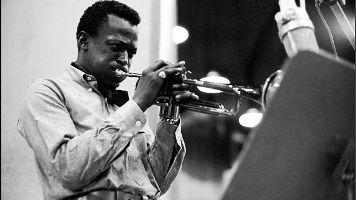
Miles Davis at Newport 1955
“’Round Midnight” is best characterized as a “darkly beautiful” ballad with an “after-hours” feel that manages to sound fresh and original decade after decade. Its haunting overtones are nearly tangible. Bernie Hanighen wrote the poignant lyrics about a rocky love affair and the resulting sadness,
“I’m feelin’ sad ...my heart is still with you”
and longing,
“Let our hearts take wings ...Let the angels sing...”.
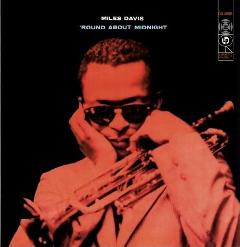
Miles Davis - 'Round About Midnight 1956
"'Round Midnight" is the most-recorded jazz standard composed by a jazz musician. It appears in over 1000 albums in practically every musical genre.
'Round Midnight lyrics:
It begins to tell, 'round midnight, midnight. I do pretty well, till after sundown, Suppertime I'm feelin' sad; But it really gets bad, 'round midnight. Memories always start 'round midnight Haven't got the heart to stand those memories, When my heart is still with you, And ol' midnight knows it, too. When a quarrel we had needs mending, Does it mean that our love is ending. Darlin' I need you, lately I find You're out of my heart, And I'm out of my mind. Let our hearts take wings' 'round midnight, midnight Let the angels sing, for your returning. Till our love is safe and sound. And old midnight comes around. Feelin' sad, really gets bad Round.....Round.......Round....Mid.....night....
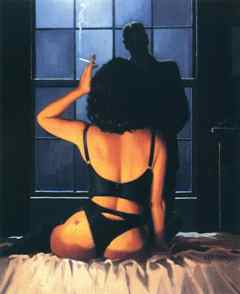
'Round Midnight
Last Updated (Sunday, 16 June 2013 21:04)








